Editor’s note: This paper was retracted on 7 November as the reliability of the data presented could not be verified.
Companies could one day make superconductive quantum computer chips that function at room temperature thanks to a new material from researchers in the US. Ranga Dias from the University of Rochester and colleagues made a material superconductive at 21°C and pressures less than 1% of those used for existing high-temperature superconductors. ‘The most exciting part is the pressure,’ Dias tells Chemistry World. ‘Even I didn’t think this was possible.’
Together with Ashkan Salamat’s team at the University of Nevada, Las Vegas, the scientists say that electrical resistance in their nitrogen-doped lutetium hydride falls to zero at room temperature. Making room-temperature zero-resistance materials is a chemistry ‘holy grail’ and could fight climate change by reducing the 5% of electricity lost as heat while flowing through the grid.
However, Dias and Salamat’s team hasn’t been able to fully confirm the new material’s structure. As hydrogen atoms are so small they don’t easily diffract the x-rays used to work out the material’s composition. And this is an important reservation, considering the publisher of the team’s previous high-temperature superconductor paper retracted it.
Several teams are targeting room temperature superconductivity in hydrogen-rich materials at very high pressures between two tiny diamond tips. Diamond anvil cells (DACs) reach incredibly high pressures by simply twisting a few screws. In the 2010s, these high pressures enabled materials including hydrogen sulfide and lanthanum hydride to become superconducting near to room temperature. Yet Dias notes that the largest samples possible between the tips of the two diamonds are around 250µm in diameter, far from enabling superconducting electricity cables.
Doping winners
In 2020, Dias and colleagues made a carbon–hydrogen–sulfur material they claimed was superconducting at 15°C. Carbon doping helped strengthen and stiffen the material, stopping its structure breaking down at higher temperatures and helping electrons pair up, a key requirement for superconductivity. However, this only happened at a pressure 1.55 million times the Earth’s atmosphere’s at 155GPa. This finding was closely scrutinised due to irregularities in how the researchers analysed their data and was later retracted. The scientists are now resubmitting it with the unprocessed raw data.
As that paper was being published, the researchers were inspired by successful superconducting systems containing atoms with small nuclei like lanthanum and yttrium. They wanted to explore other lanthanide elements but realised that their electronic structures could interfere with their superconducting properties. Specifically, they wanted to avoid partially filled 4f electron shells, so opted for lutetium, which has a full 4f shell. To mimic the success they’d achieved by doping hydrogen sulfide with carbon they explored nitrogen as an electron-donating dopant.
The team first made the new material in a DAC. They put a 100µm diameter lutetium foil between the diamonds, then surrounded it in a 99:1 hydrogen:nitrogen mixture. The scientists dialled the pressure up to 2GPa and heated the DAC in an oven at 65°C overnight, producing a material that was blue under normal conditions. As they increased the pressure again, the material turned pink at 0.3GPa, when it also started to be superconductive. By 1GPa, the material was red, and the critical temperature (Tc) below which it was superconductive had risen to 21°C.

Many questions remain
1GPa is in the pressure range that researchers use when making chips using ‘strain engineering’ to modulate the properties of two-dimensional materials like graphene, says Dias. ‘Now we are in the region that we can actually do these commercially available standard techniques,’ he adds. While such chips still wouldn’t transform electricity transmission, they could be used for quantum computing. In superconductor quantum bits, or qubits, the lack of electrical resistance means they don’t lose information to the surrounding environment as heat. Also, the electrons residing in superconductors occupy a limited number of quantum states that quantum computation can control and measure. Different types of pressure cells can also access the 1GPa range, while accommodating slightly larger samples.
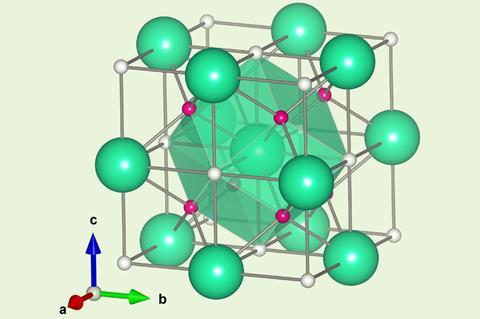
For Mikhail Eremets from the Max Planck Institute for Chemistry in Mainz, Germany, whose team first produced hydrogen sulfides that are superconducting at high temperatures, the work’s reproducibility is of ‘paramount importance’. His team has reproduced Dias and Salamat’s team’s previous material, but without the same performance. He is encouraged by the seemingly simple preparation conditions but concerned by an ‘alarming’ note in the paper calling the synthesis ‘extremely complex’. ‘I hope and find it important that this time the authors and the journal will provide all necessary information and support for smooth reproduction of the sample and the results,’ he adds.
When asked whether Nature had taken any special measures for this latest finding, the journal said that it applied the same editorial principles to all papers.
Eva Zurek from the University of Buffalo, US, is guardedly enthusiastic. ‘If correct, the work would be extremely exciting and open up a pathway to the holy grail of ambient-pressure, ambient-temperature superconductivity,’ she says. ‘However, the experiment will need to be repeated and validated. Moreover, there are numerous questions that still need to be answered,’ including the superconducting material’s structure.
Dias, meanwhile, notes that his team has now replicated the 2020 paper in front of a live audience at Argonne National Laboratory in Lemont, US. The team also conducted extra measurements to show how the carbon-doped system worked in front of an audience at Brookhaven National Laboratory in Upton, US. ‘We put all this new data and old data together, we wrote the paper, we submitted it to Nature and it’s under review now,’ Dias says.
References
N Dasenbrock-Gammon et al, Nature, 2023, DOI: 10.1038/s41586-023-05742-0





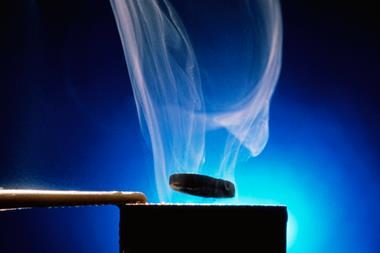
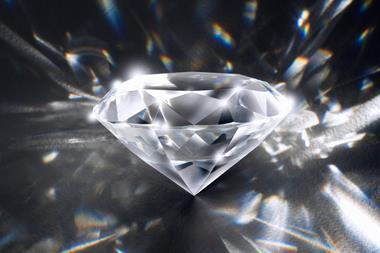

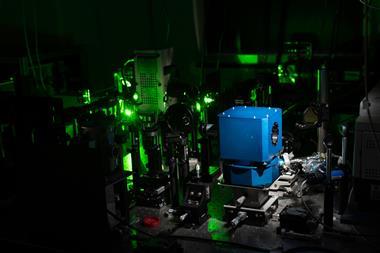
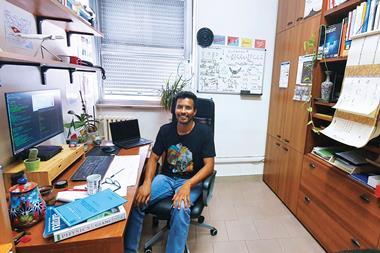
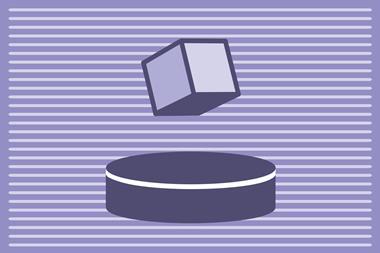






No comments yet